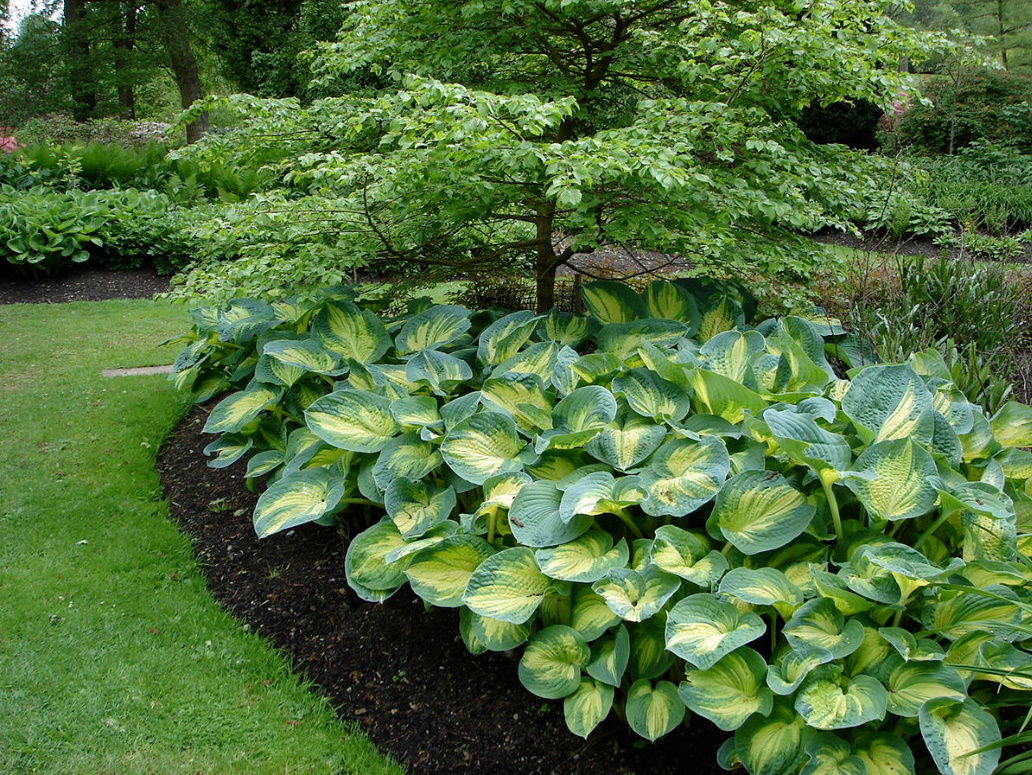
Hosts from the point of view of landscape design, the plant is quite versatile. This quality is determined by the huge variability of its shapes, sizes, color and texture of leaves, as well as proven unpretentiousness in care. We can also say about a certain “democracy” of the hosts: it is suitable both for the design of a pretentious designer garden, and for placement in a modest rustic front garden.
In addition, a certain “delicacy” of the host makes it possible to create with her participation countless versions of compositions with various plants. Unlike many rather aggressive species, it will not oppress neighbors. Moreover, she herself should be protected from overly active invaders.
Neighbors for the hosts
When composing flower beds, it is necessary to comply with the requirements of individual host varieties to the growing conditions. As you know, most of them are shade-loving, so the best neighbors for blue, striped, silver, dark green hosts will be ferns, Rodgersia, Ligularia, Pulmonaria, Brunnera, Trollius.
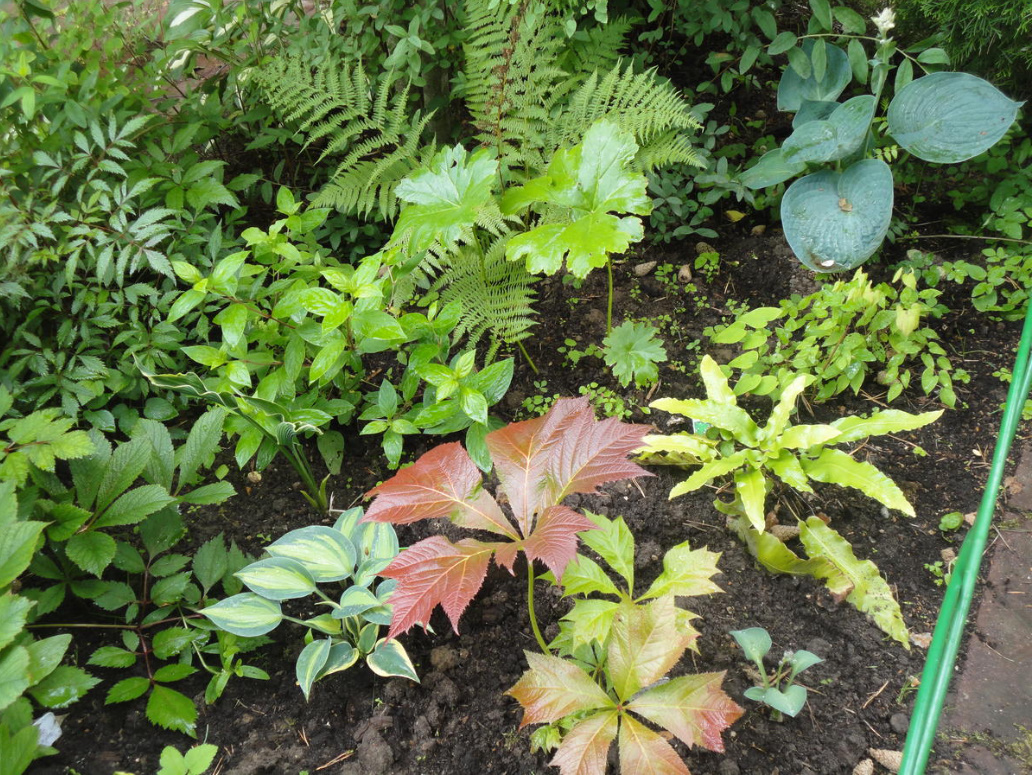
There are also varieties tolerant to sunlight that are able to withstand the hot midday sun in the shade of phlox, hydrangeas or peonies that prefer bright sunny flower beds. They also put up with the neighborhood of geraniums, astilbes, irises, veronicas and daylilies, which grow slowly and do not pose a danger.
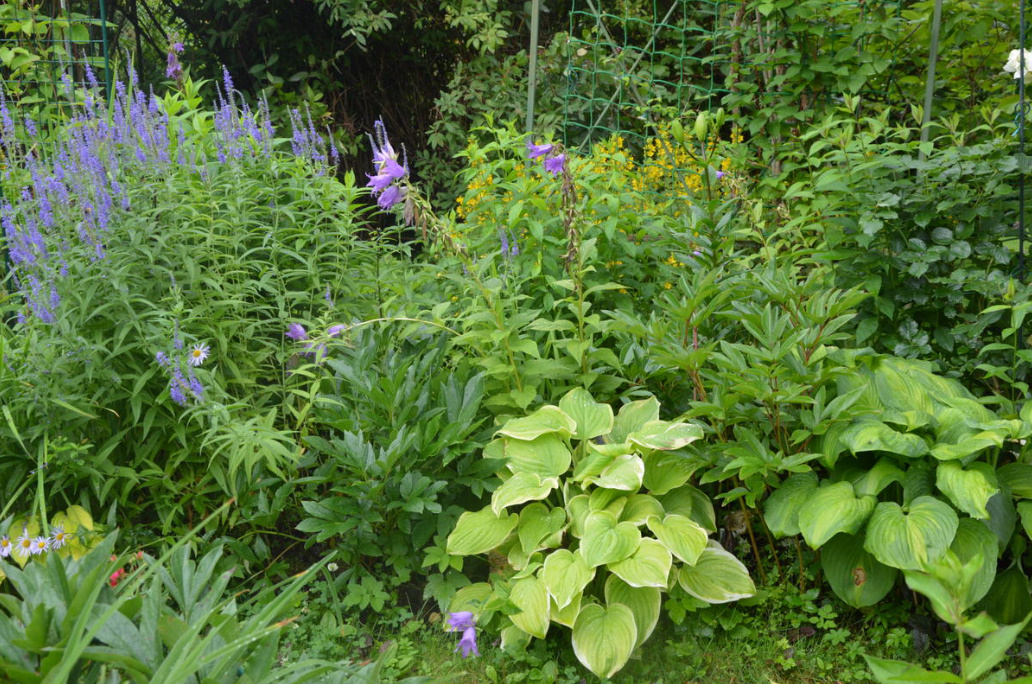
At the same time, hosts are incompatible with roses, which prefer to bask in the sun, and hosts need a more comfortable existence in partial shade. This is especially true of blue varieties: in intense sunlight, they will quickly lose their waxy coating on the leaves, to which they owe their extraordinary beauty.
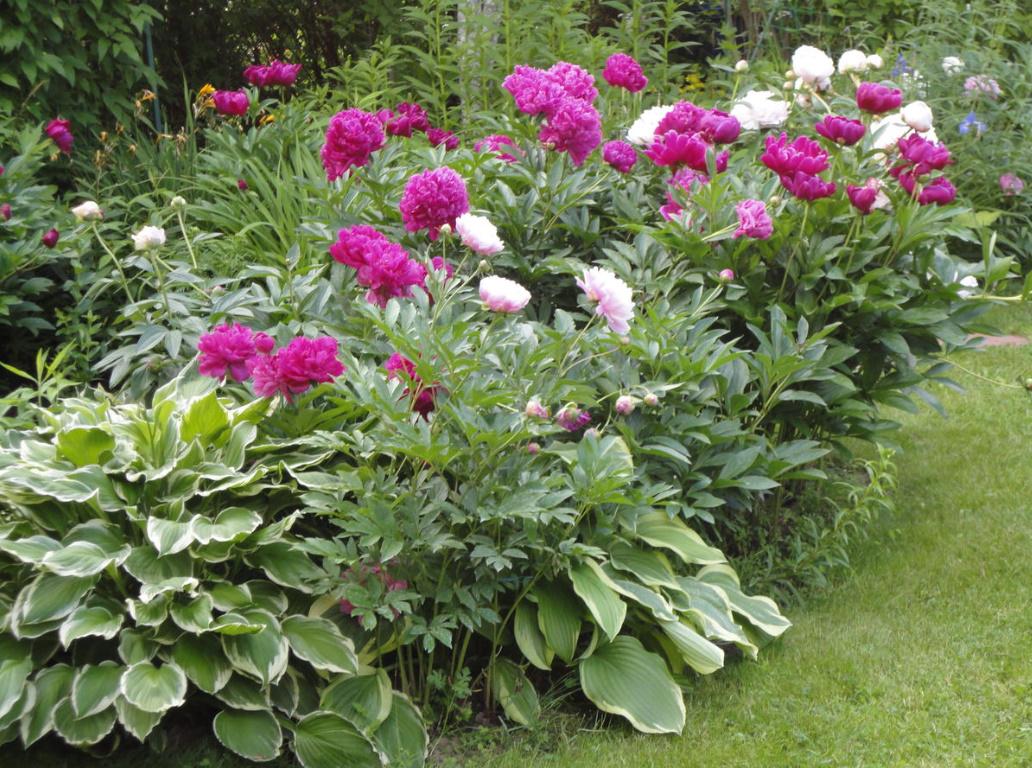
There are varieties-sissies and among hosts with heterogeneous coloring. Often the creamy areas on their leaves — the border or the middle — are burnt in the midday sun.
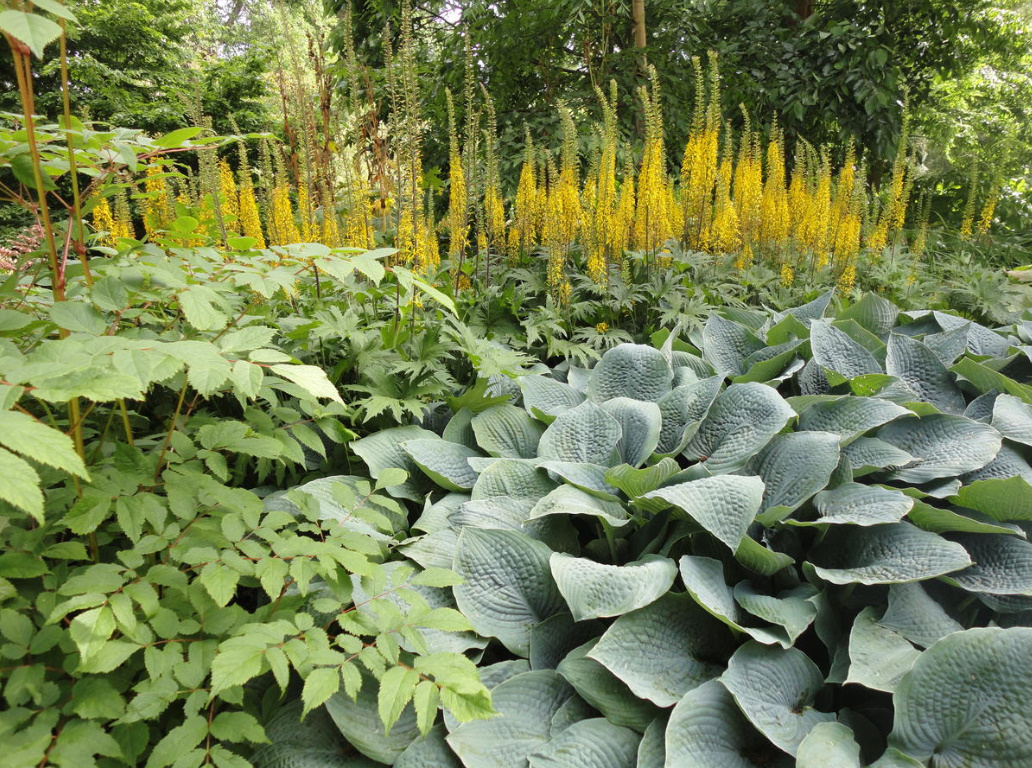
Hosts and stones
Questionable are the recommendations regarding the placement of hosts on an alpine slide or in a rockery. Often structures of this kind, made by amateurs, cause at least bewilderment. But even properly designed and planted with suitable plants rockeries are absolutely not suitable for growing hosts. In winter, the stones give additional cold, and in summer the hosts there will roast in the sun and experience a shortage of the moisture they need.

Large hosts
The variety of hosts varieties makes it possible, even with the help of a single instance, to solve the problem of decorative decoration of some abandoned shady corner of the garden, where no other plant (except a hardy fern) will grow. And this host plant is gigantic in size, many of them have already been bred.
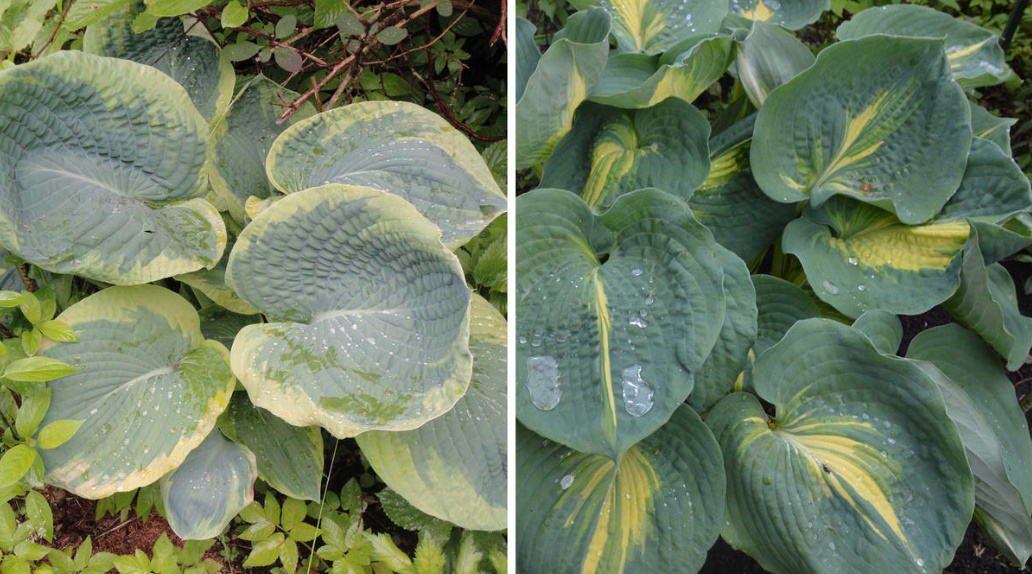
This is a completely win-win option, tested by experience. Where there are undeveloped areas of the garden, to which hands do not reach in any way, plant a large host, which will gain strength and beauty from year to year. Only one condition: to ensure the necessary nutrition for many years, plant it according to all the rules, adding a large amount of organic matter to the planting pit!
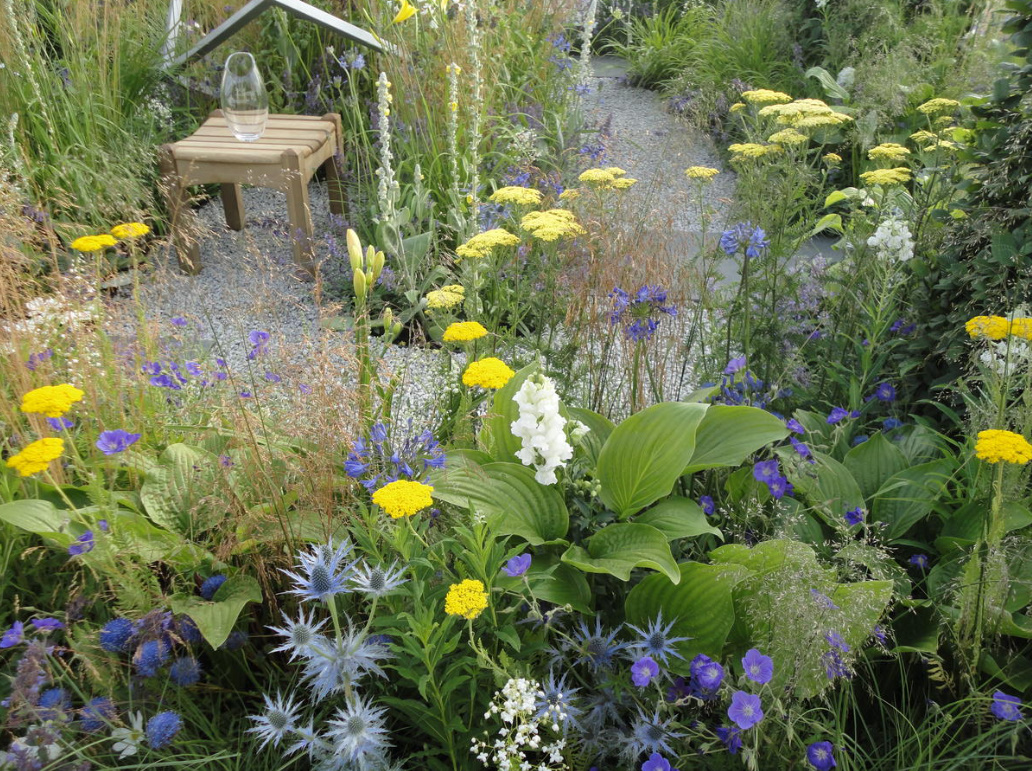
Large hosts as tapeworms are very good both at reservoirs, and in the background of shadow flower beds, and as accents in natural-type gardens among ornamental grasses, Eupatorium, Solidago, Helenium, Achillea and other species appropriate in such flower beds. They won’t get lost there.
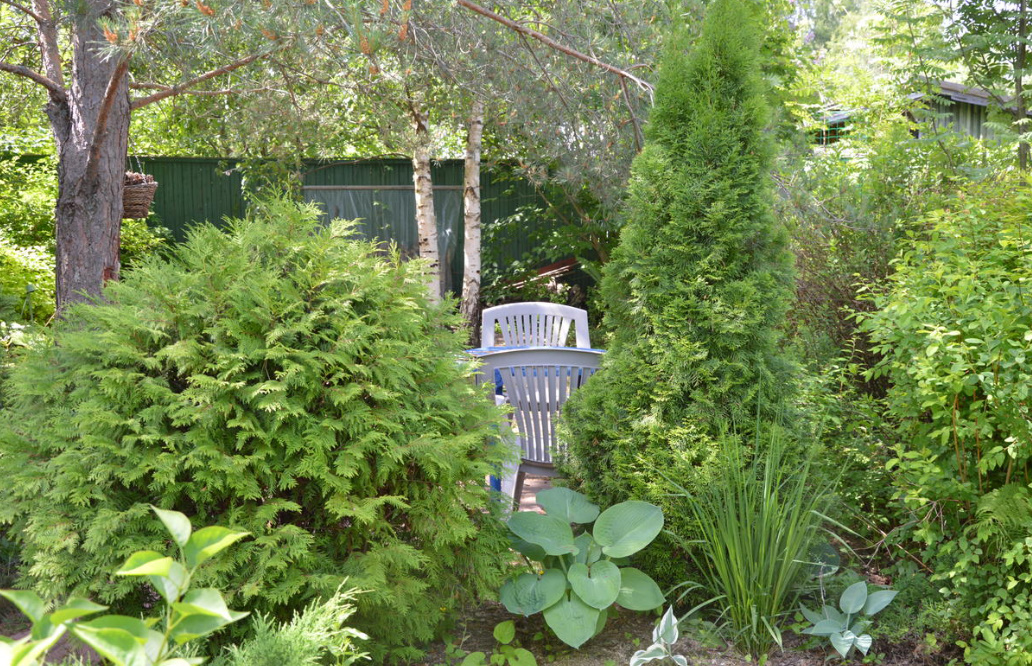
A large hosts planted in the center of the flowerbed looks amazing: there it plays a key role in the decorativeness of the entire composition. Moreover, this place for her will be permanent, permanent, but the environment can be changed every year by planting different annuals, for example Viola tricolor, petunias, ageratums, lobelia and others.
Hosts along the tracks
A fairly traditional method of placing hosts in the garden is planting them along the paths. But even in this case it is necessary to adhere to some rules. First, the path should be located along the east or west side of the house. It is best if they are hosts of the same size M or even of the same variety. They should be planted taking into account the size of the adult hosts in such a way that the leaves do not enter the path and subsequently do not cling to the legs, that is, from the edge of the path, you should retreat half a meter of the adult hosts.
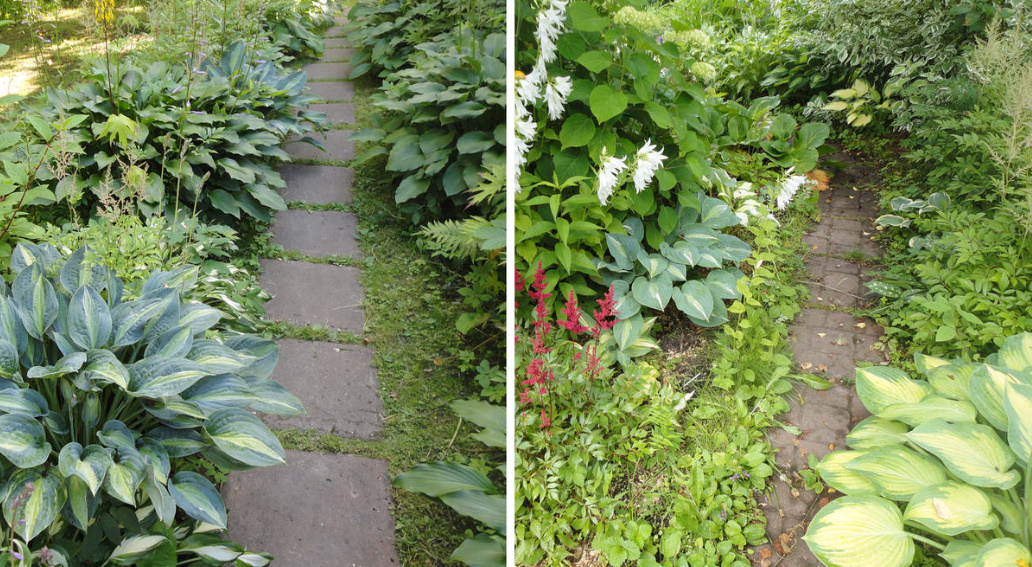
I must say that the use of hosts of the same variety in linear plantings, whether along the paths or the edge of the flower garden, gives a stunning decorative effect! However, such laconic compositions need large spaces and will be more appropriate in spacious gardens.
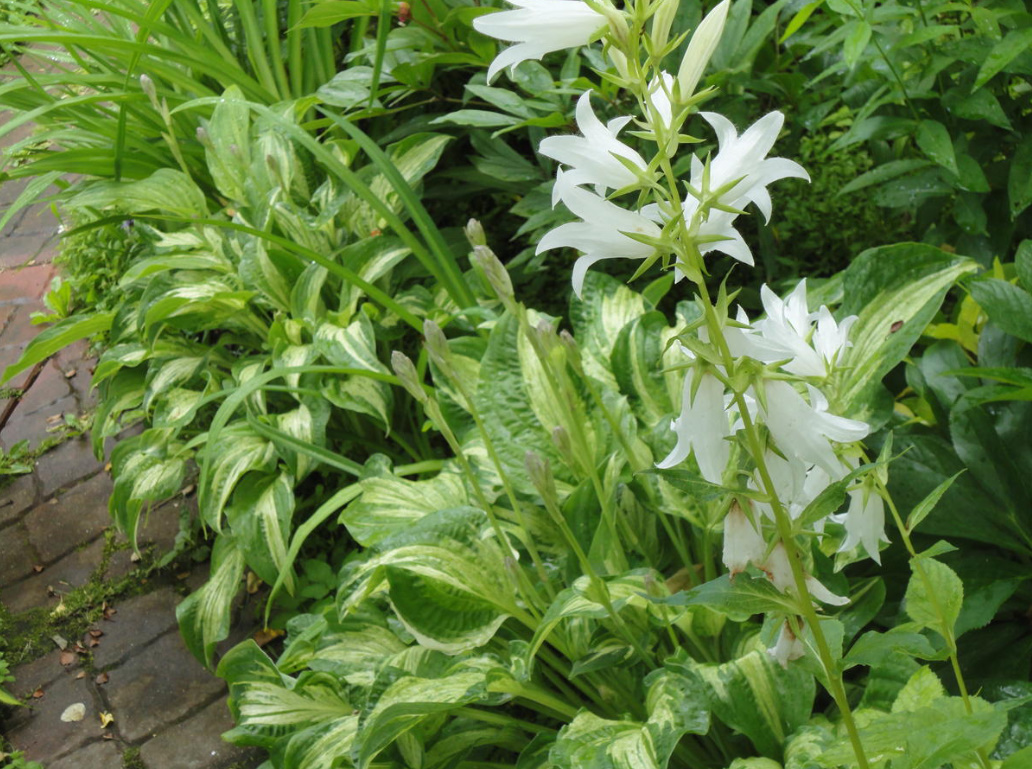
Also, the inclusion of a host of one variety in mixborders or flowerbeds organizes the space of a flower garden and from a rather haphazard collection of different plants allows you to create a complete composition with a clear rhythm and a given pattern.
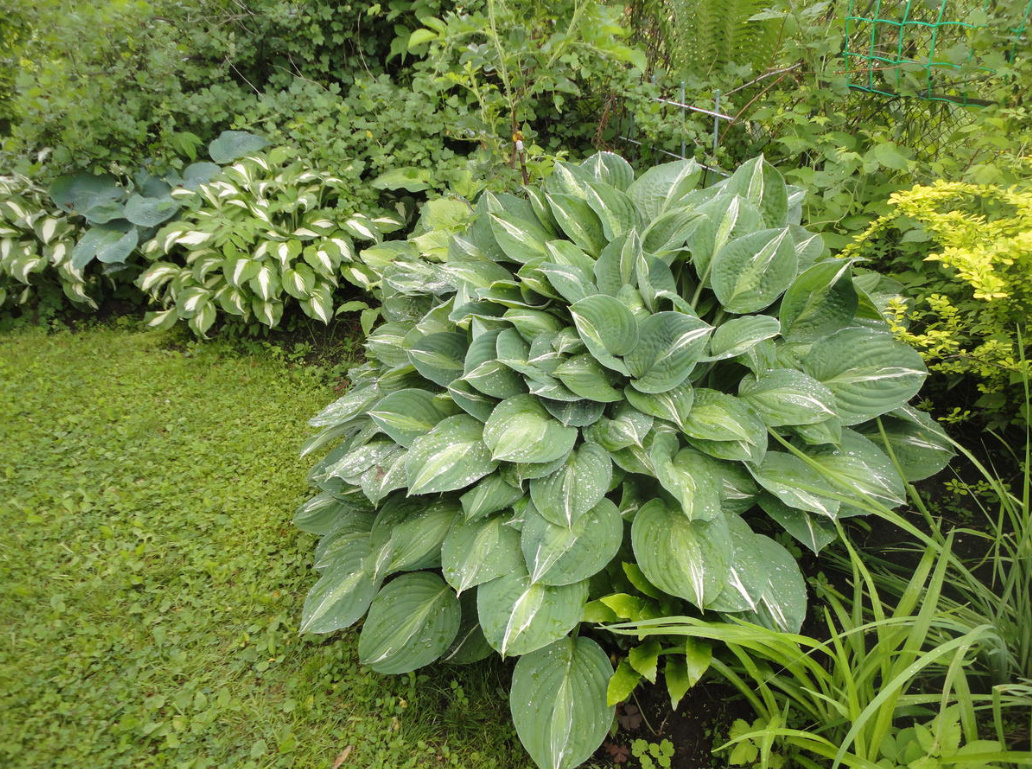
Tips for placing collections
If you are seriously interested in collecting hosts, and you have an impressive collection, then it’s time to allocate a certain place to it. Let it be a space under an old apple tree, or, if you have a forest plot, somewhere under a pine tree, or in a clearing among trees.
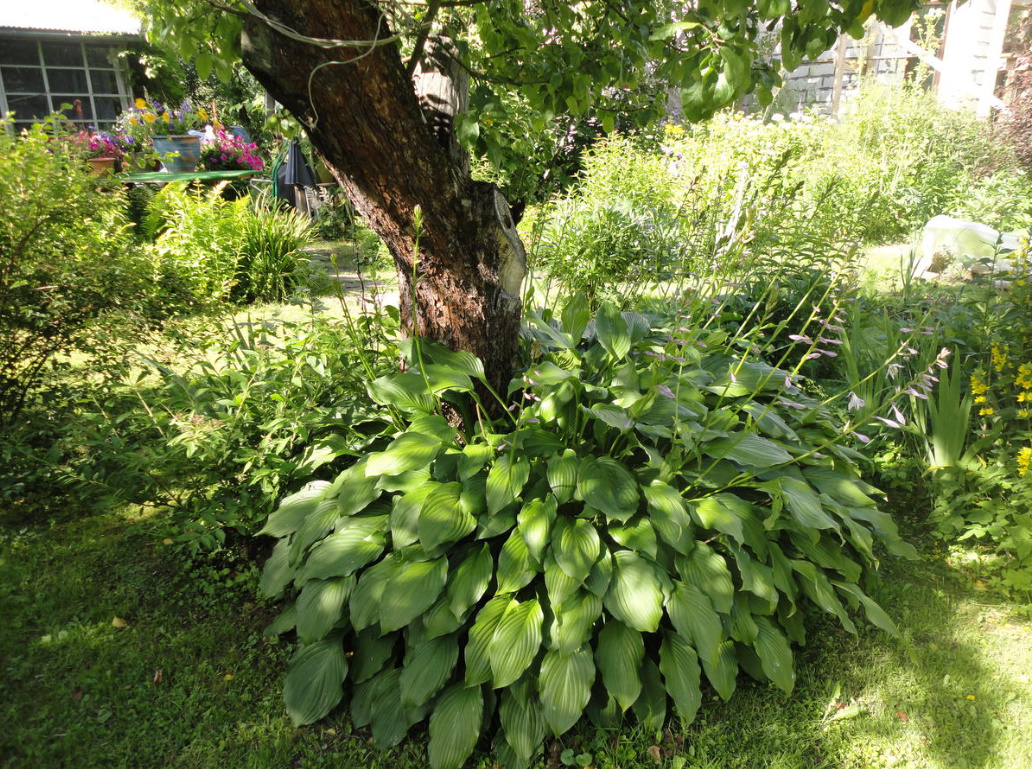
The task of creating monotremes with the participation of hosts of different sizes and colors is extremely interesting. It’s like putting together a puzzle — a decorative mosaic that will delight the eye with its harmony. But you should always remember about the size of the participants in the composition, so that they do not interfere with each other after a while.
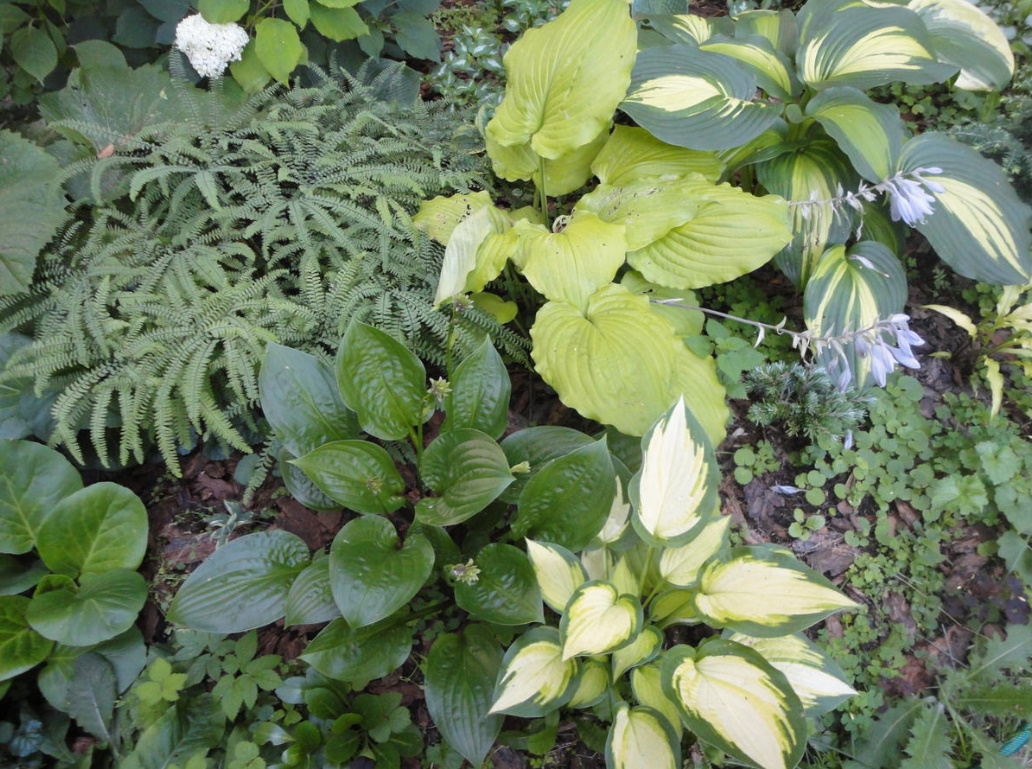
If a one—way view composition is conceived, then G or L—sized hosts should be planted in the background, M-sized hosts in the foreground, and baby hosts in the foreground. Tiny dwarf hosts need to be allocated a special place, they won’t take up much. Maybe even put them in some kind of container without a bottom like a leaky pelvis. These precautions are not superfluous at all — and will not allow the cute crumbs to get lost in the garden.
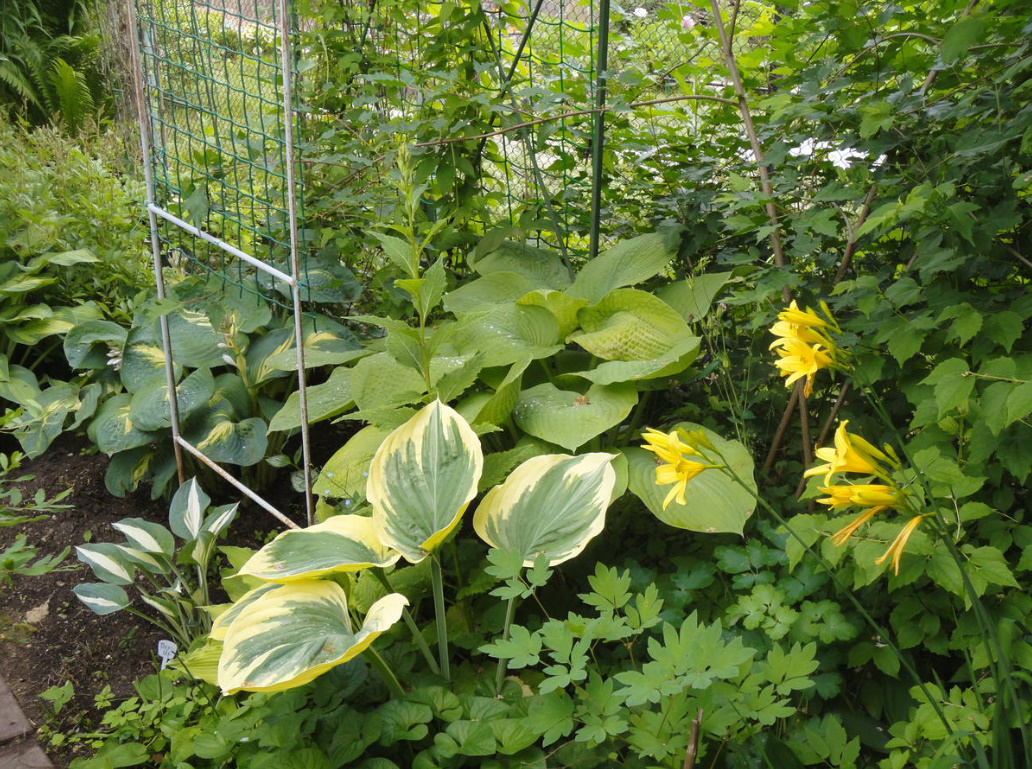
How not to make a mistake with the placement of collectible hosts? Very simple! It is necessary to model everything on paper, cut out circles on a scale corresponding to your hosts in adult form, and try to optimally place them on a plot also planned on paper, the dimensions of which are transferred from the garden in scale. Having done this preliminary work, you will subsequently save yourself the tedious work of transplanting the host in the order you need.
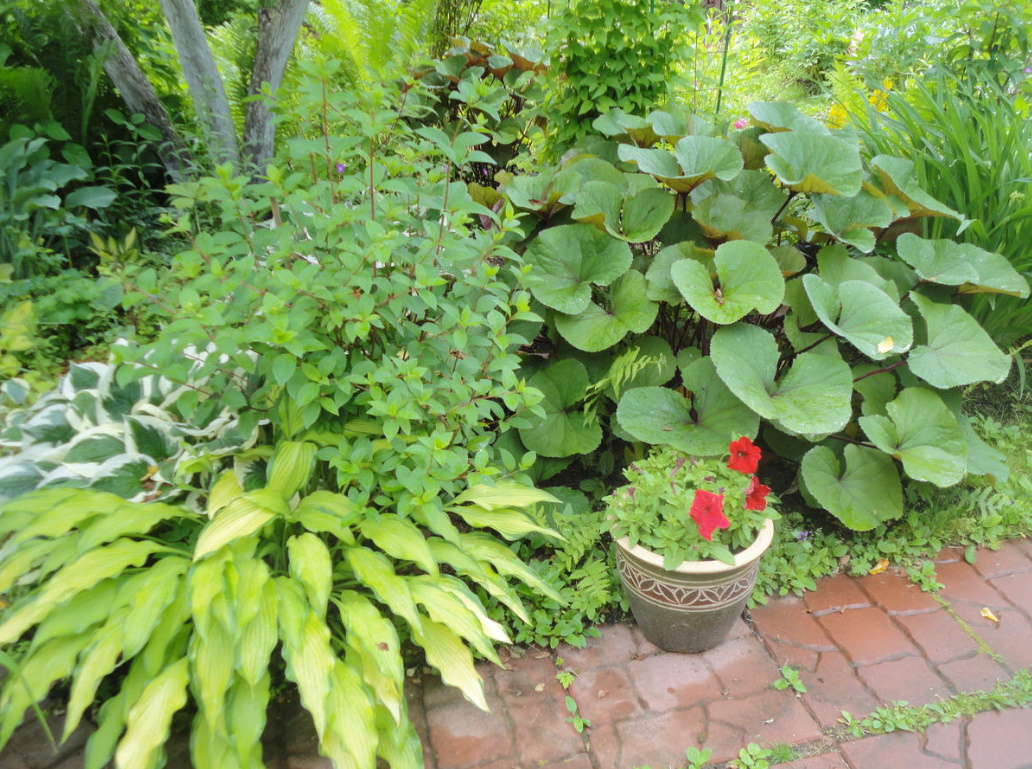
Harmony of color
Considering the options for hosting hosts in the garden, it is impossible not to say about the color harmony. A variety of shades of different host varieties allows you to create both monochrome and contrasting compositions.
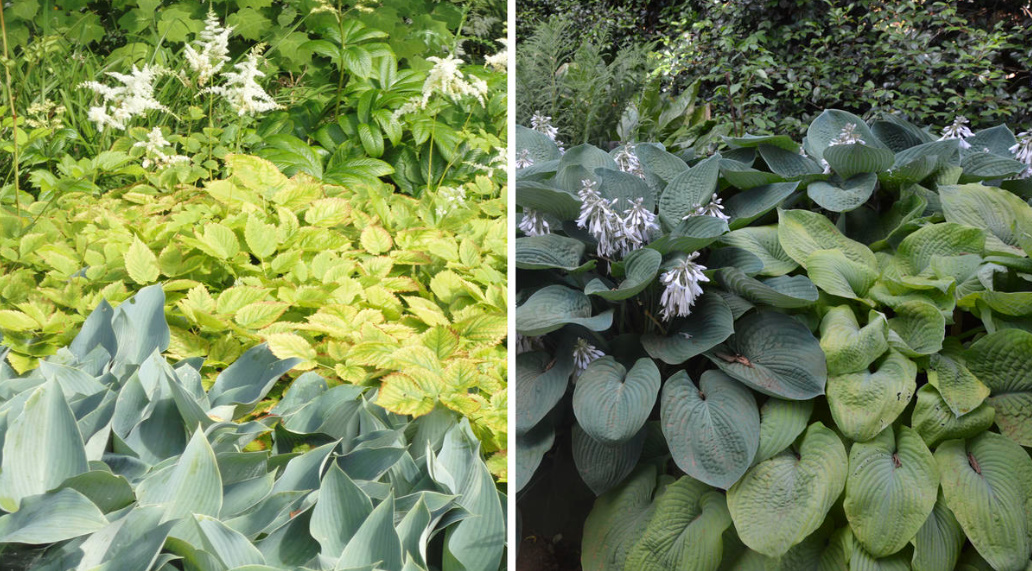
Once at a flower exhibition in Hampton Court (London) I had a chance to see an amazing version of a monochrome exposition garden in blue tones, where blue hosts blooming with white bells reigned, and the role of the accent and the central element was played by a blue decorative bridge that brings the whole composition together. There were also contrasting options on my way with the use of hosts of different colors.
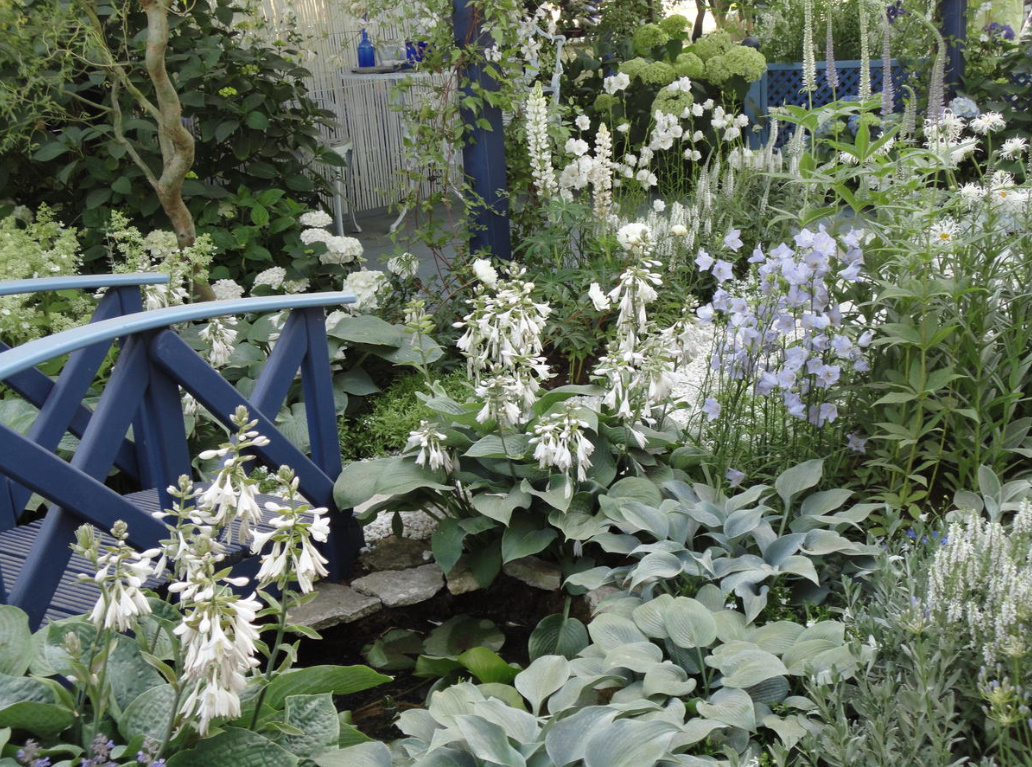
Hosts and conifers
In terms of color, the ideal companions of the host can be coniferous, which are not inferior to the hosts in color diversity. I see a special charm in making a pair of “coniferous plant + host”. For example, thuja with yellow-colored needles can be surrounded by any yellow-leaved host varieties.
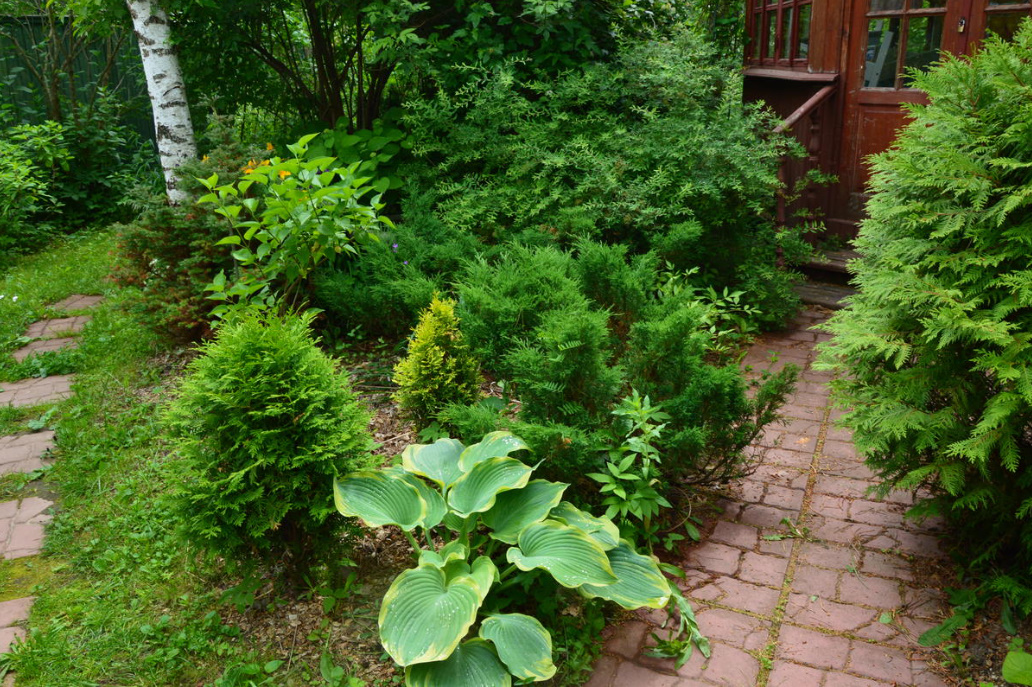
Blue junipers, of which there are no numbers, are great friends with blue hosts. Only here there is a little trick: it is necessary to plant such hosts in the shade of a coniferous plant, from the north side. All the nuances of blue, bluish-blue, gray-blue can be found both in hosts and junipers, which makes it possible to select pairs by color and tone. In the shade of Juníperus sabína with white tips of ‘Variegata’ branches, hosts varieties with cream edging of leaves look great, and there are many of them, and they are not difficult to pick up.
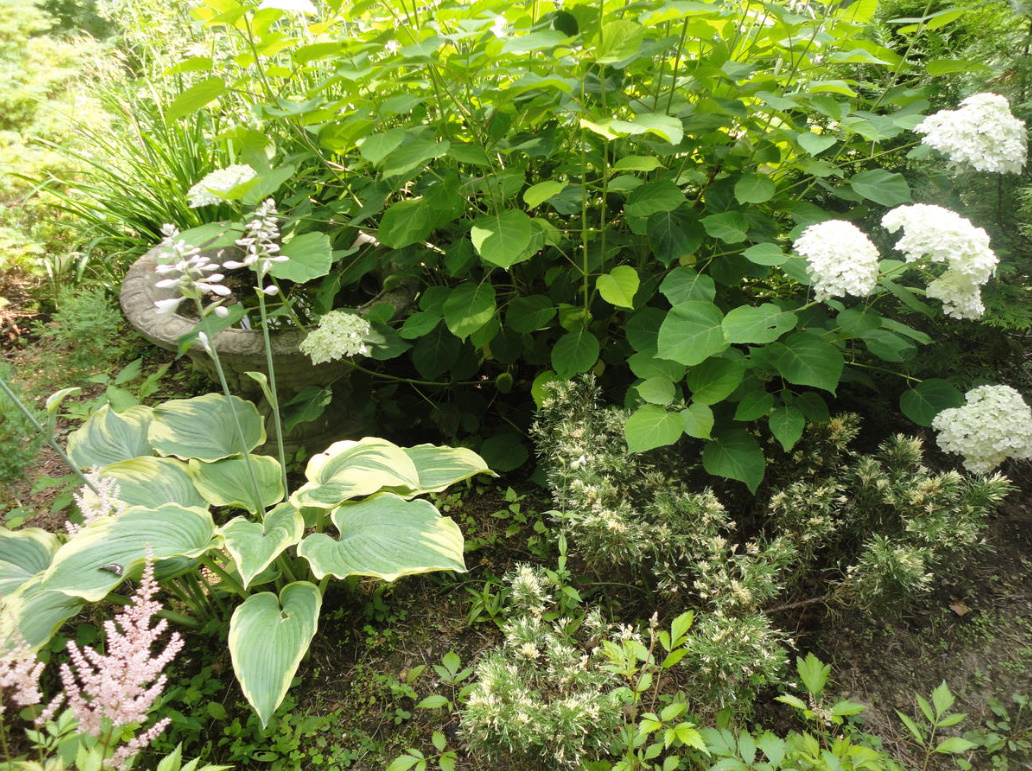
The host is so versatile that it can even be used as a container culture. If you really want to decorate the entrance to the house or patio, plant hosts in spacious decorative pots. However, in the fall you will have to work hard, burying those in the ground. Therefore, the pots should be plastic: ceramic ones will crack in the cold. And in the spring — to get it again… But if you don’t mind it, go for it! The host will be out of competition here too!
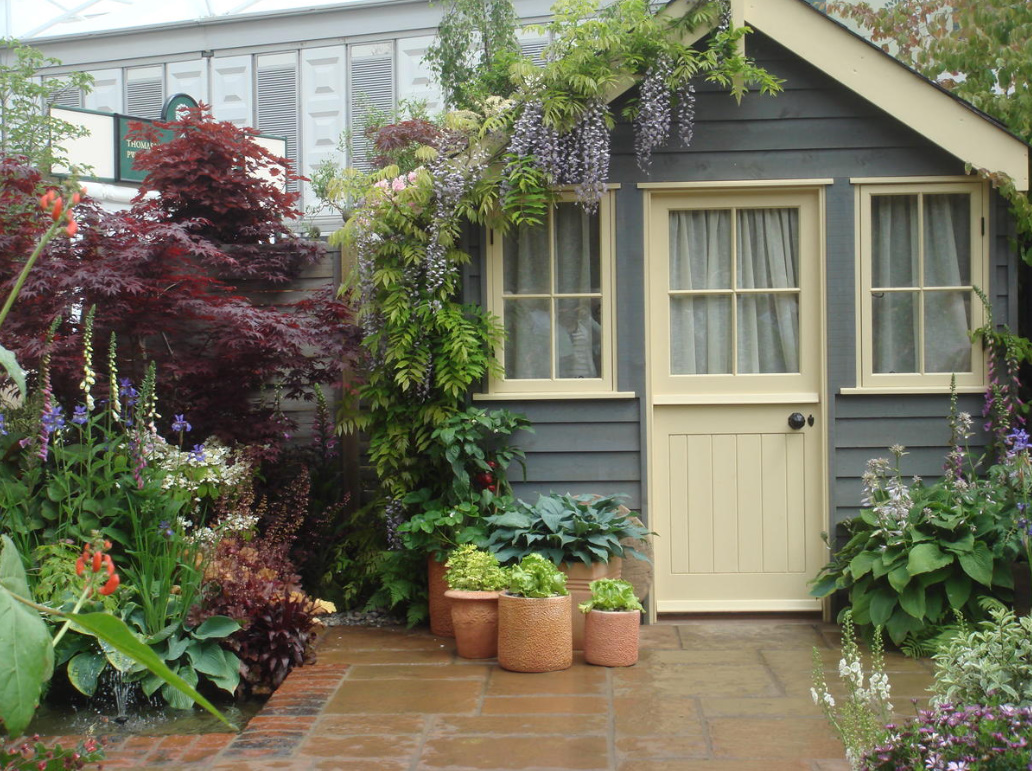
Dear gardeners, where are the hosts planted in your garden? Do you place them along paths, in flower beds or containers? In the company of which plants do they look good with you? Show us your compositions.
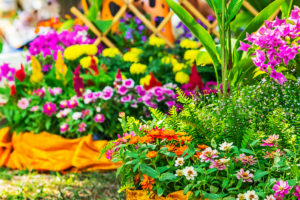
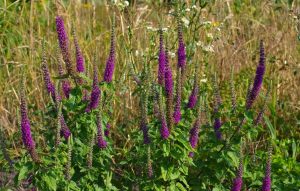
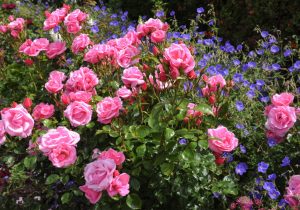
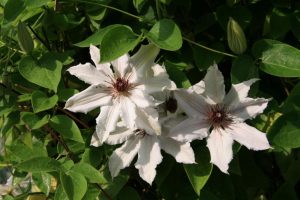
Leave a Reply